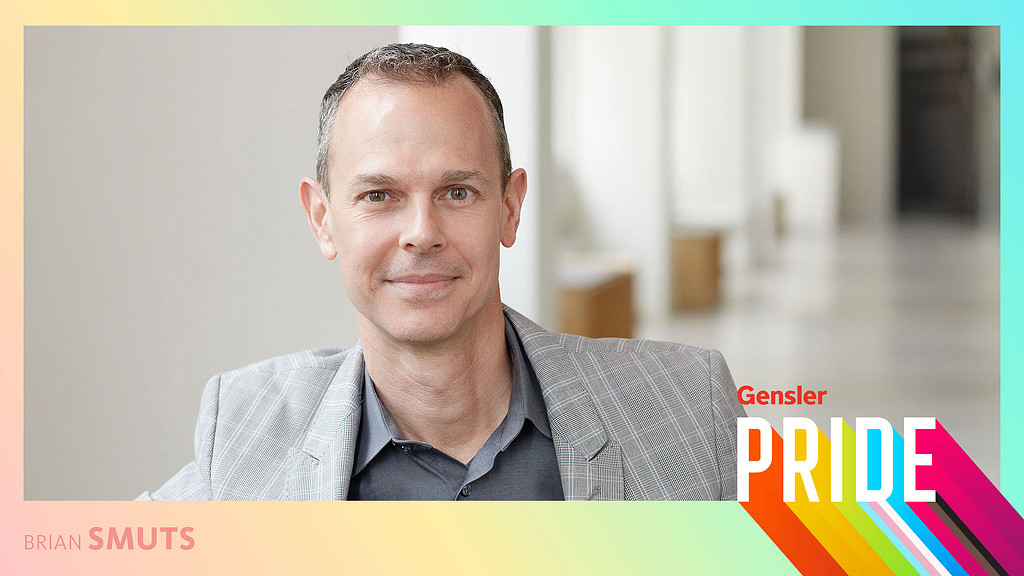Gensler Voices: Brian Smuts, Gensler Chicago
June 28, 2021
This Q&A is part of a series of interviews with Gensler architects, designers, and others in the firm about their career journey, and the impact that design and architecture can have on our communities and the human experience. Here, we sit down with Brian Smuts, project director, Gensler Chicago:
What was your first introduction to the field of architecture and design?From my very early memories, I have always wanted to be an architect. Either my parents knew, or I asked for plastic building bricks at a very young age, and I loved them and just kept asking for more. I would build these massive structures in our playroom, which then took over the basement.
As I got older, I started collecting home magazines to study them and imagine how I would live in the space. I even ‘designed’ dream houses for all my friends, using grid paper of course! I still have those somewhere. My high school shop class included two segments on construction, and I was in my element. I recall my entire family putting the finishing touches on the balsa wood model with lichen trees and sandpaper shingles for the final project. I just thrived then and knew my destiny.
What was an early experience that influenced your career?Growing up in Indiana with conservative roots, exposure to the arts was very limited. However, my parents supported my creativity and provided an environment that encouraged me to explore. That opened the opportunity to world travel — some in high school and more extensively during university. Experiencing and observing other environments and cultures was so transformational. I wasn’t afraid to explore and learned to appreciate what the world has to offer and how people and places create a unique culture.
How has your career shaped your understanding of the world?My career has always been about experiences and people, clients and colleagues. Through my travels and early lessons from my mentors, I was consistently coached that what we do as designers impacts how people occupy space and ultimately live their lives. What we do IS important!
How can architecture and design can advance wellness, equity, and inclusion?Design can provide people a sense of safety, comfort, and joy. Those are key factors in giving people the ability to represent who they are and live to their fullest. It can also open up space for conversation and connections. When we know people and what they believe in and stand for, we become bigger than the individual and more of a collective. That collective mindset is an easy entry into inclusion.
The most important thing I've learned as an architect/designer is...Be passionate and curious about what we do and how we do it.
If you could choose anyone, who would you like to design a project for?I would want to design a retirement village for me and my chosen family. We have always talked about the ‘compound’ for ideal living. Of course, no one has taken the leap on where it should be. For me, it would be in the hills above the ocean with proximity to culture and food.
Name a building or space that every designer should see in person.La Sagrada Família is one of the most mesmerizing spaces and overwhelming experiences I have ever had. I was last there in 2019 and spent over four hours just walking in the nave, watching people, reflections, shadows, the shift of light and the shear magnificence of detail. I was overcome by the emotional, physiological, and spiritual experience it created. I also find it fascinating to compare when and how Gaudi designed it with how the design is being implemented, staying close to the original as possible with such different methods. Everyone should see it!
For media inquiries, email .
